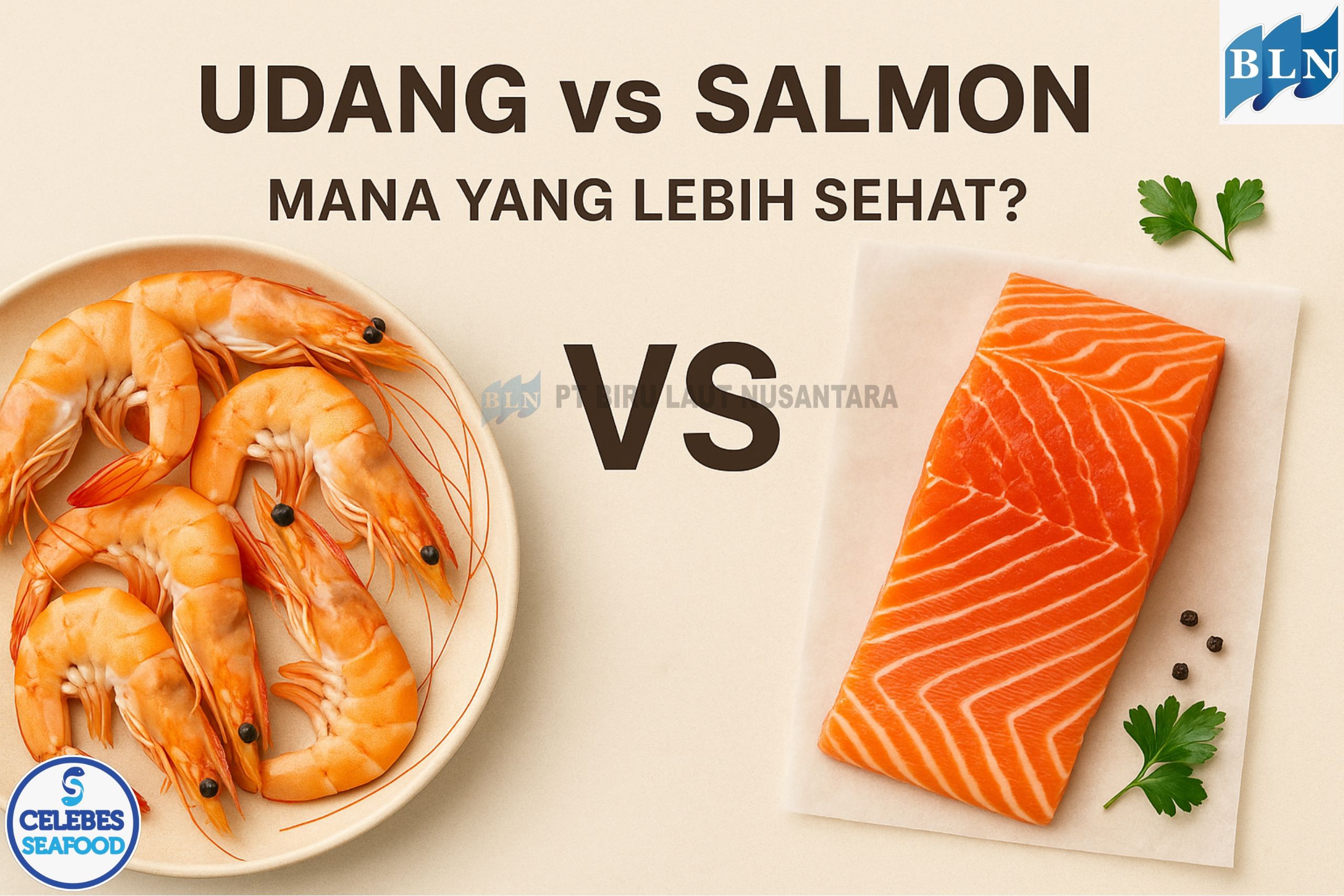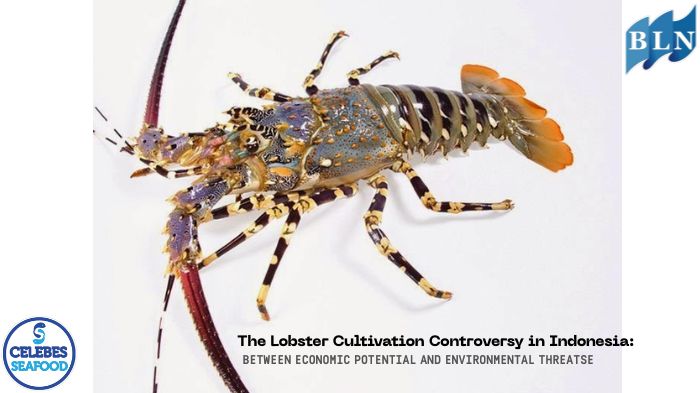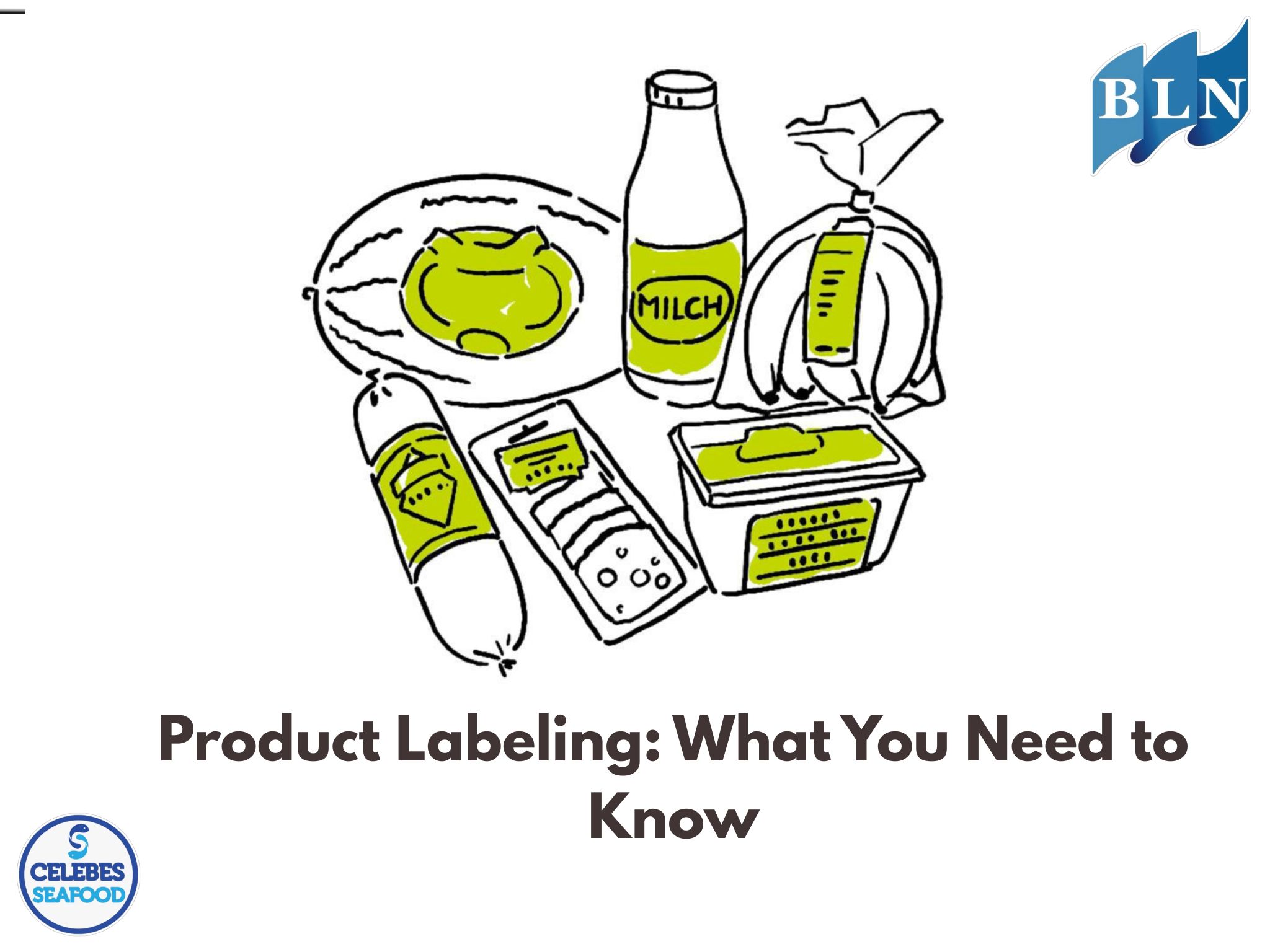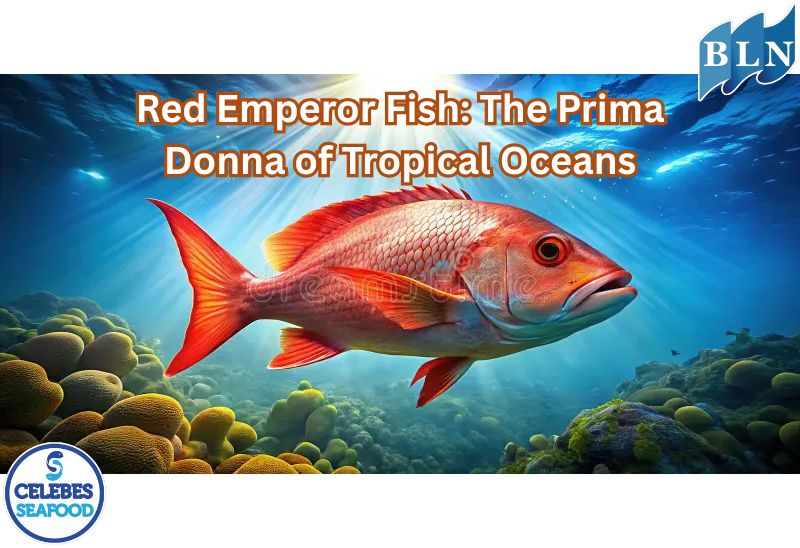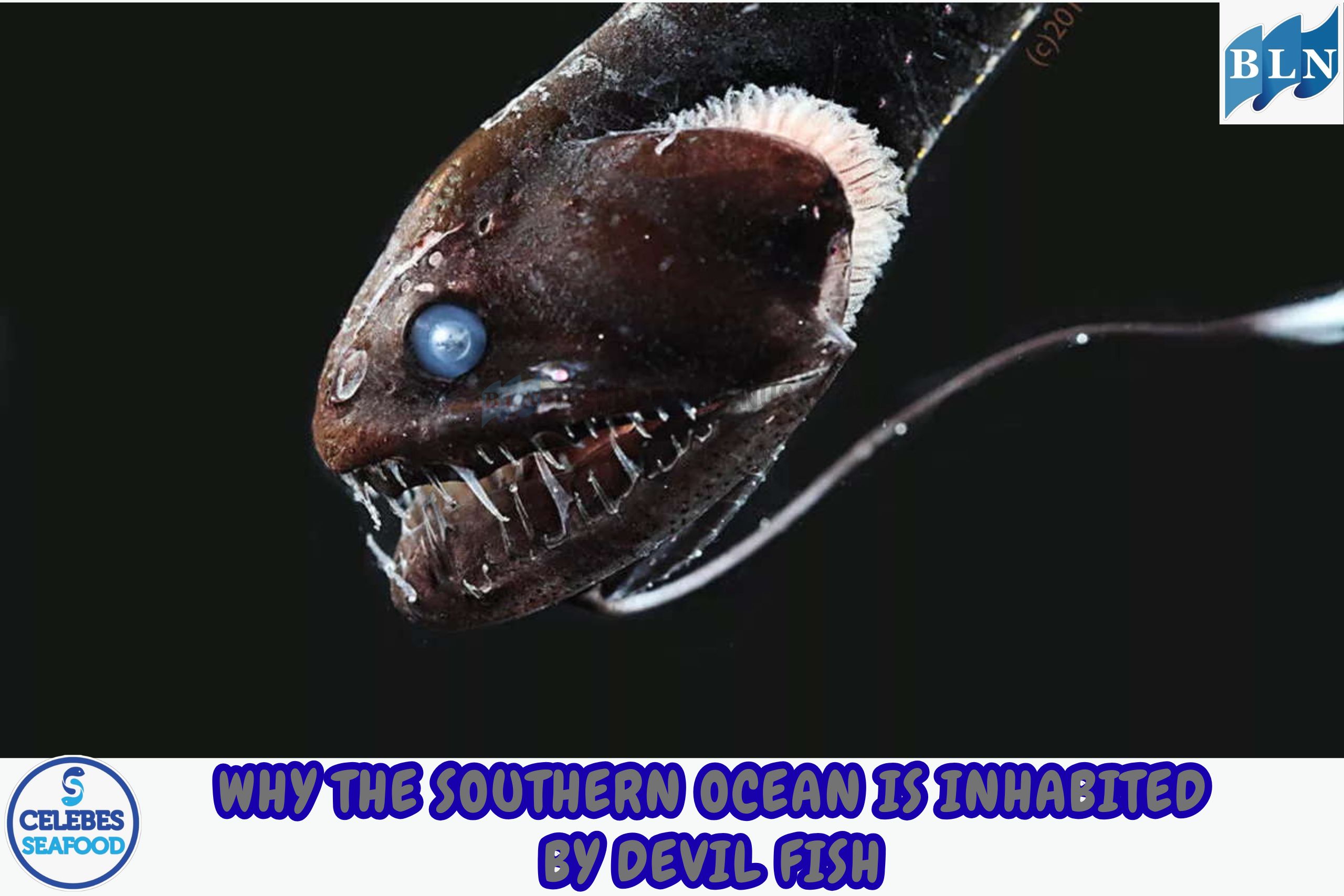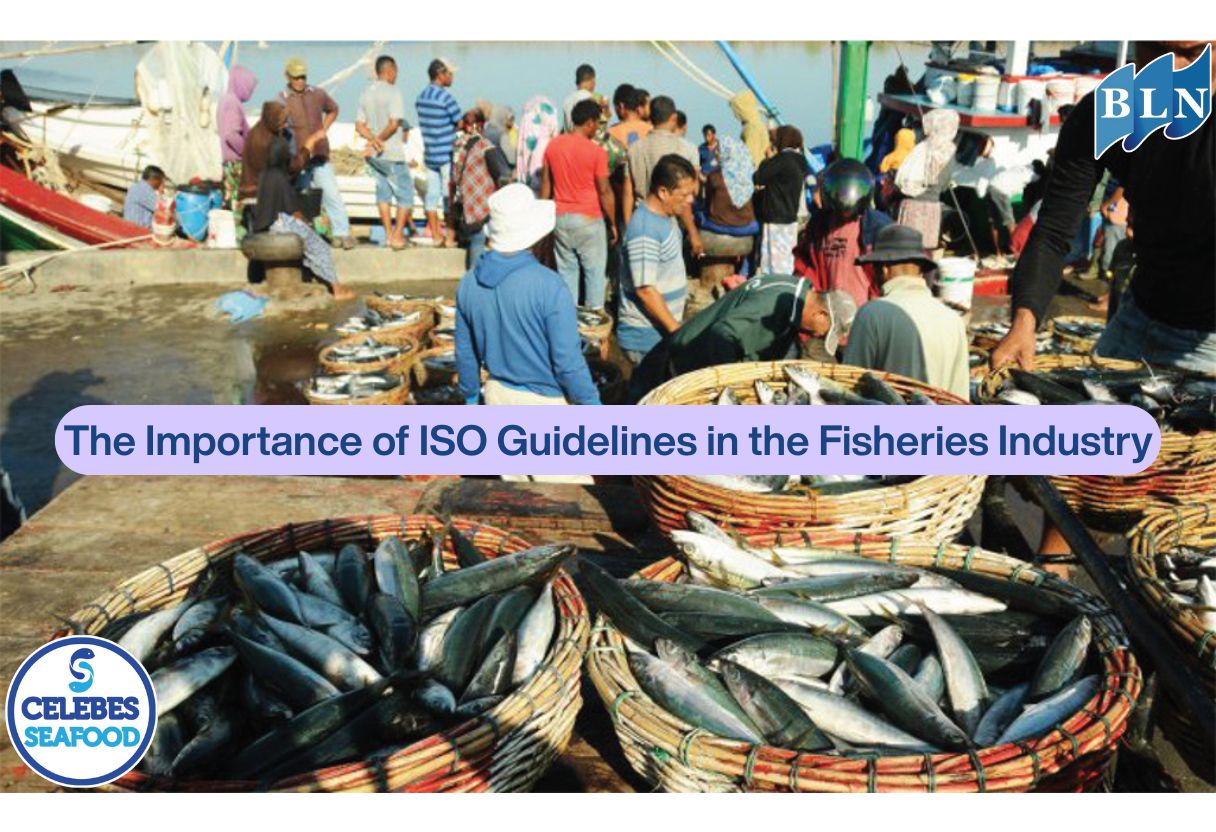The Primary Nutrient Forming Plankton Cell Walls
By. Tri - 11 Jun 2025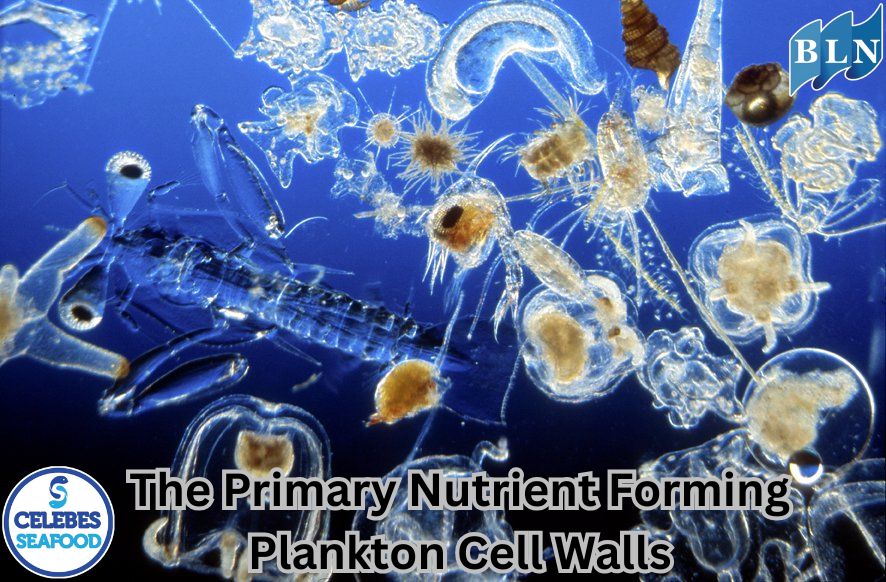
lautnusantara.com_ Plankton, those microscopic organisms drifting in the water column, are the foundation of oceanic and freshwater food webs. Despite their tiny size, they play a vital global ecosystem role, including oxygen production and carbon cycling. One fascinating feature of certain plankton types is their unique cell walls, whose structure often depends on the availability of specific nutrients.
Silica: The Key Building Block of Diatom Cell Walls
When discussing the primary nutrient for plankton cell walls, attention often turns to silica (SiO$_2$). Silica is an essential component for a group of plankton called diatoms. Diatoms are among the most abundant and diverse types of phytoplankton (autotrophic plankton that perform photosynthesis) in the world. They possess a "shell" or cell wall made of hydrated silica, known as a frustule.
These frustules vary greatly in shape and pattern, creating intricate and beautiful glass-like structures. The frustule's main functions are to provide physical protection from predators and environmental stress, and to maintain cellular integrity. The availability of silica in aquatic environments is a crucial limiting factor for diatom growth and survival. If silica concentrations are low, diatom growth can be inhibited, which in turn can affect the overall dynamics of aquatic ecosystems.
Other Nutrients Essential for Plankton Growth
While silica is a key nutrient for diatom cell walls, it's important to remember that plankton generally require various other macro and micronutrients for growth and reproduction. These nutrients don't directly form the cell wall but are essential for the creation of other cellular components and metabolic processes:
- Nitrogen (N): An essential nutrient for the synthesis of proteins, nucleic acids (DNA and RNA), and chlorophyll. Nitrate, nitrite, and ammonium are common forms of nitrogen absorbed by plankton.
- Phosphorus (P): Important for the formation of ATP (cellular energy), nucleic acids, cell membrane phospholipids, and the process of photosynthesis. Phosphate is the primary form of phosphorus used by plankton.
- Carbon (C): While not forming cell walls in the structural sense like silica, carbon is the basic element of all organic molecules and is absorbed as carbon dioxide (CO$_2$) for photosynthesis.
- Micronutrients: Beyond macronutrients, plankton also need tiny amounts of trace elements like iron, manganese, zinc, and copper, which function as enzyme cofactors or critical components in biochemical processes.
Environmental Implications
Nutrient availability, especially silica, nitrogen, and phosphorus, significantly influences the species composition and productivity of plankton communities. Changes in the ratios or concentrations of these nutrients can trigger harmful algal blooms or shift the dominance of particular plankton species. For example, if silica supply is limited while nitrogen and phosphorus are abundant, there can be a shift from diatoms to other phytoplankton that don't require silica for their cell walls, such as dinoflagellates or cyanobacteria.
In summary, while many nutrients contribute to plankton life, silica plays a unique and fundamental role as the primary component of the rigid cell walls in diatoms, one of the most important plankton groups in the oceans. Understanding the role of these nutrients is crucial for studying the health and dynamics of global aquatic ecosystems.
If you are interested in our Coral Trout Fillet Skin On, CORAL TROUT WGG WHOLE GILLED GUTTED, TOMATO COD WHOLE GILLED GUTTED please do not hesitate to contact us through email and/or whatsapp.
